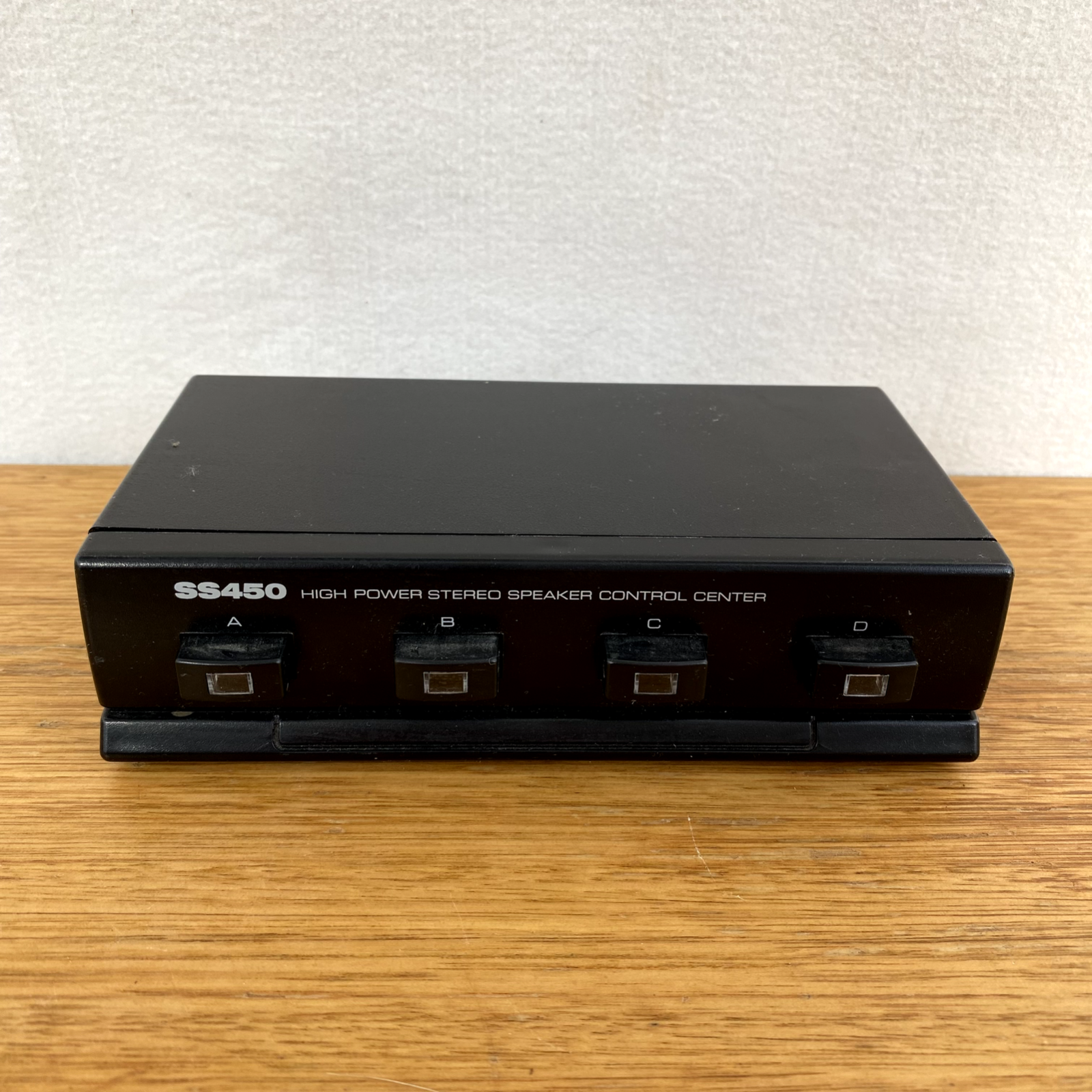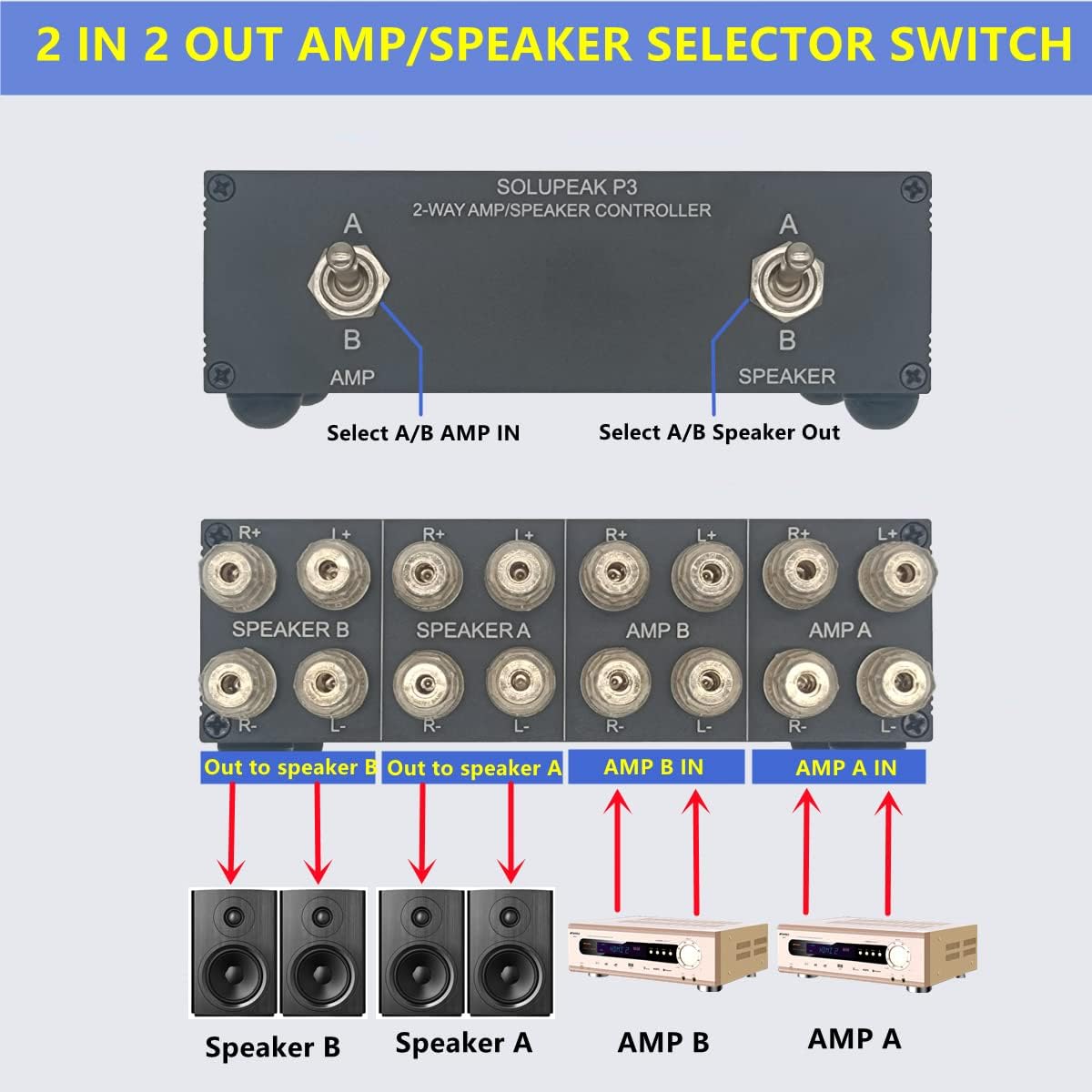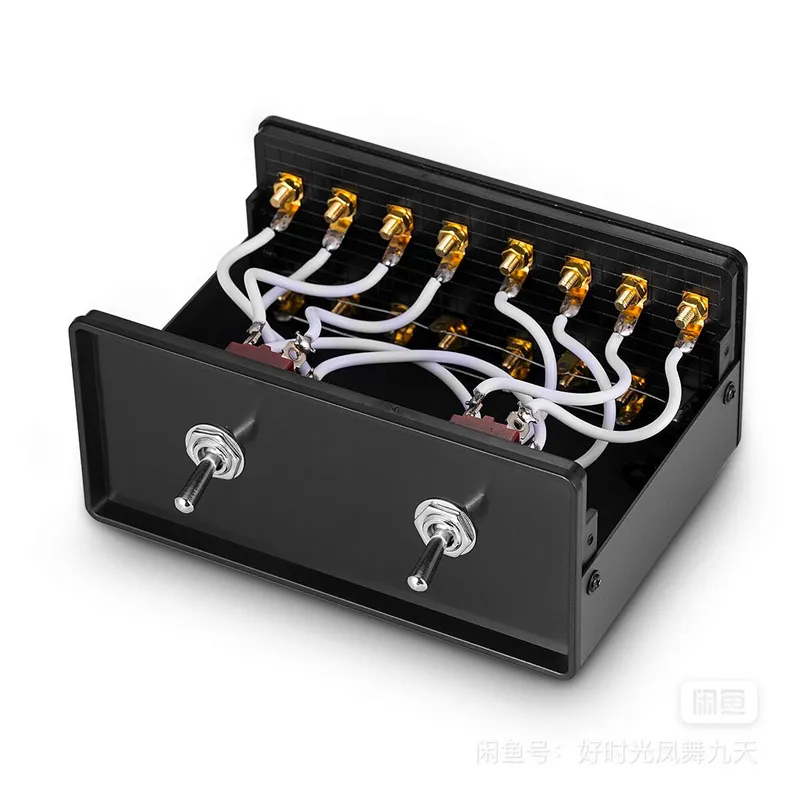Hi All,
For years I have been using this speaker selector below, as advised by the electronic store as being the best as it has impedance circuitry in there to accommodate different ohms speakers so that it does not change the audio quality.

I have been connecting 4 and 8 ohms speakers to it but noticed that sometimes, the speakers would fluctuate between being slightly darker and slightly brighter. For decades I thought it was my tinnitus or head movement, but now after reading some information online that it is possibly the speaker selector/switchbox?
From what I read, an amp's circuit remains at the state of the previous speakers and does not adjust to the new requirements of the new speakers when selected using the speaker switch, hence why it may cause a change in the audio quality? Is this correct?
If I were to use the speaker selector, would it best to keep all speakers connected to be of the-same ohms? Will this still cause sound quality variances?
There are some expensive basic 2 way speaker selectors that use heavy duty switches, are they any better or will they still have the-same issue when using different ohm speakers in the setup?

Thank you.
For years I have been using this speaker selector below, as advised by the electronic store as being the best as it has impedance circuitry in there to accommodate different ohms speakers so that it does not change the audio quality.

I have been connecting 4 and 8 ohms speakers to it but noticed that sometimes, the speakers would fluctuate between being slightly darker and slightly brighter. For decades I thought it was my tinnitus or head movement, but now after reading some information online that it is possibly the speaker selector/switchbox?
From what I read, an amp's circuit remains at the state of the previous speakers and does not adjust to the new requirements of the new speakers when selected using the speaker switch, hence why it may cause a change in the audio quality? Is this correct?
If I were to use the speaker selector, would it best to keep all speakers connected to be of the-same ohms? Will this still cause sound quality variances?
There are some expensive basic 2 way speaker selectors that use heavy duty switches, are they any better or will they still have the-same issue when using different ohm speakers in the setup?

Thank you.
Last edited:





















![Electronics Soldering Iron Kit, [Upgraded] Soldering Iron 110V 90W LCD Digital Portable Soldering Kit 180-480℃(356-896℉), Welding Tool with ON/OFF Switch, Auto-sleep, Thermostatic Design](https://m.media-amazon.com/images/I/41gRDnlyfJS._SL500_.jpg)













